Hirsig Blechtechnik AG
2020
Quality Swiss metalworking plays key role in the success of the ESRF’s Extremely Brilliant Source Program
Tens of metres of high quality precision welded aluminium waveguides have been manufactured in Switzerland by Hirsig Blechtechnik AG for the European Synchrotron Radiation Facility (ESRF) Extremely Bright Source (EBS) upgrade project. The waveguides transport microwaves into the electron storage ring to give electrons a high energy kick on every lap of the ring to keep them circulating at near light speed. The EBS project multiplies the brightness of the x-ray beams at the ESRF by a factor of 100 over its historic intensity creating an unprecedented tool for the exploration of matter and for the understanding of life at the macromolecular level.
An Extremely Brilliant Source for the ESRF
The ESRF has recently been upgraded with the “fourth generation” synchrotron light source technology, the project being named Extremely Brilliant Source (EBS). The new ring was switched on in December 2019, and when fully operating will multiply the brightness of the x-rays by 100, illuminating the science of the everyday with unprecedented clarity.
With the launch of the EBS, many of the ESRF’s users will see data collection times drop from milliseconds down to microseconds, and lower. Automated operation of the x-ray instruments will, for example, allow millions of protein crystals to be analysed every month with practically zero human intervention – a truly massive improvement for drug discovery.
As well as increasing the brightness of the x-rays by 100, the new EBS electron storage ring re-uses 90% of the existing infrastructure, has the same footprint as the previous machine, and leaves the existing experimental station layout unchanged. It also has improved energy efficiency, reducing operating costs by around 20%. Alongside x-ray brightness improvements, the beam quality has also been improved giving it laser-like properties and creating an unprecedented tool for the exploration of matter and for the understanding of life at the molecular level.
Kicking electrons with microwaves
Electrons travelling around the EBS ring continuously lose energy as they emit x-rays used for the experiments. As part of the EBS project, thirteen new state-of-the-art radio frequency (RF) cavities have been installed in the storage ring to give the circulating electrons a high energy kick with microwaves on every lap of the ring.
The hundreds of kilowatts of power needed by the RF cavities are supplied from RF microwave sources (Klystrons and Solid state Amplifiers) located outside the storage ring, connected together by a network of several hundred metres of precision welded aluminium waveguides. Waveguides are hollow metal pipes that allow microwaves to travel inside without losing energy and are more efficient than coaxial cables.
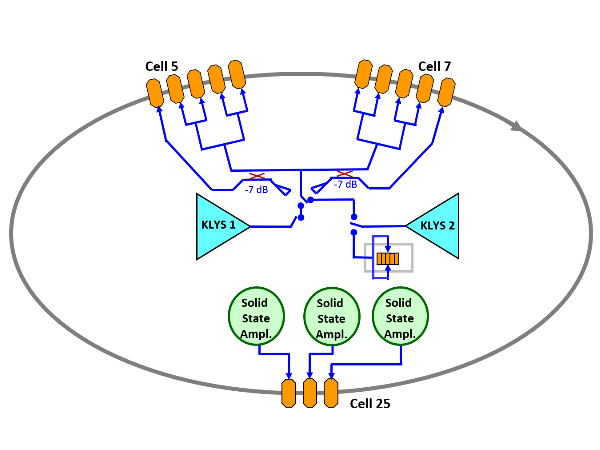
Functional RF Schematics : Waveguide layout (in blue) connecting the klystrons + solid state amplifiers to 13 RF cavities (in orange) along the ring.
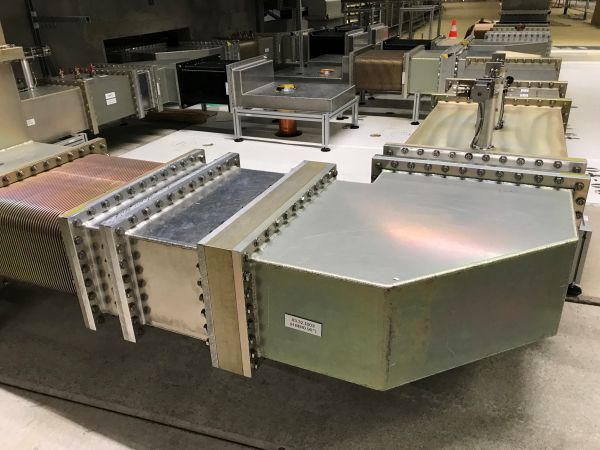
ESRF accelerator upper stage: Routing and splitting the RF energy
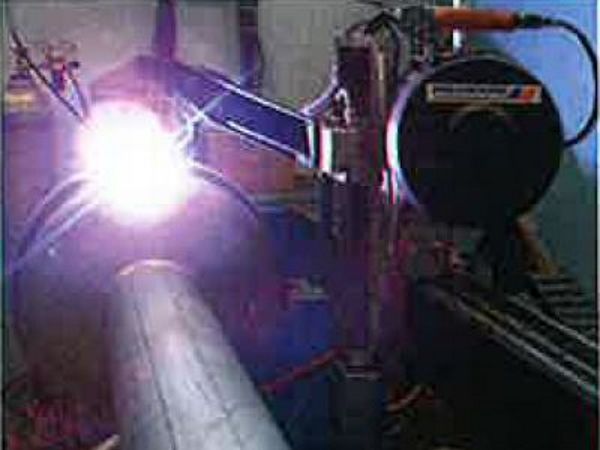
Welding at HIRSIG AG: Aluminium sheets welded together at the automated TIG station
Hirsig AG has manufactured most of the waveguides installed initially and then for several upgrades at ESRF since 1990. The last order to Hirsig AG, needed to rebuild the waveguide system for the EBS program contains seventeen meters of straight and bent rectangular tube sections. Aluminium sheets of sections 300mm x 600mm or 150mm x 600mm built from 5mm thick aluminium were precisely machined and welded together in individual lengths up to 2 metres. Each section was terminated by aluminium flanges welded onto the tubes (to allow bolting together) and the flange surfaces were machined after welding to obtain a high flatness and guarantee tight angular tolerances.
The long collaboration between Hirsig AG and the ESRF was mutually beneficial: the Swiss company appreciated the clear directions from the ESRF, and in return, the ESRF were highly satisfied with delivery of components manufactured with outstanding Swiss precision, on time, on budget and to specification.
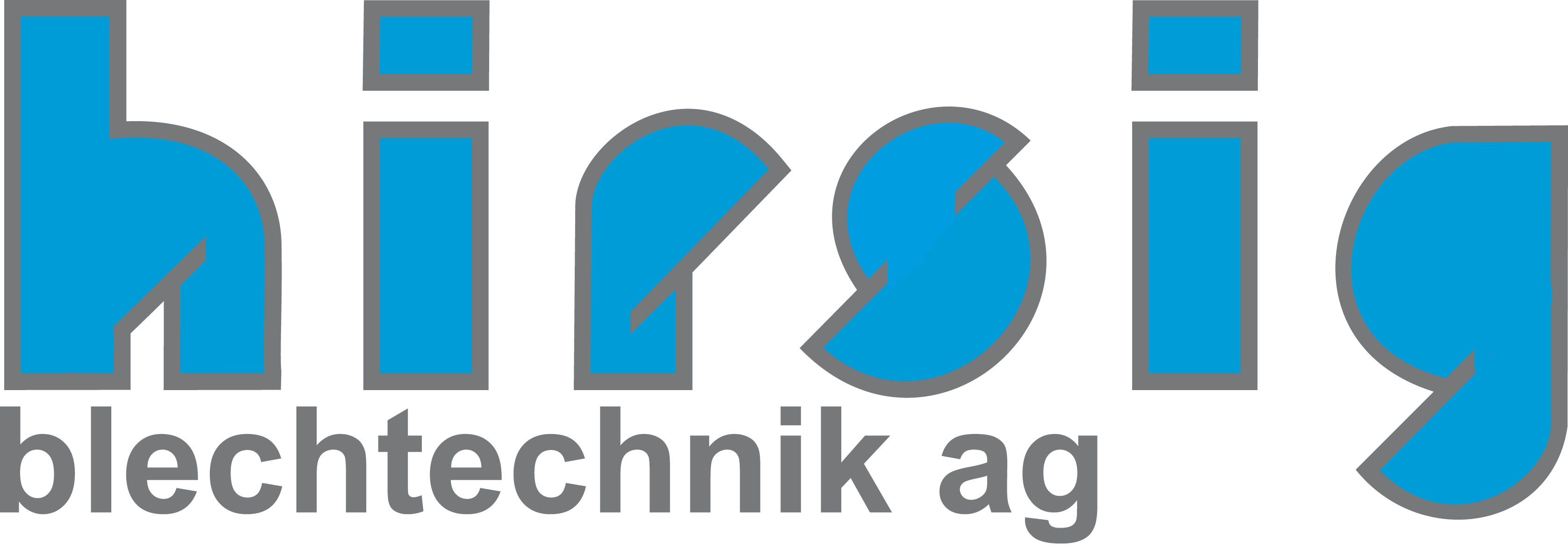
About Hirsig Blechtechnik AG
Founded in 1948, Hirsig Blechtechnik AG is provider of high quality industrial sheet metal manufacturing with a customer base covering Switzerland and surrounding countries. With a comprehensive infrastructure, Hirsig Blechtechnik AG are able to carry out a wide variety of processing operations including MlG and TIG round and longitudinal welding, stamping and bending. The company is ISO 9001:2015 certified.
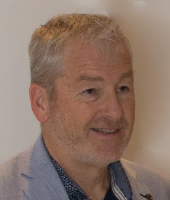
Peter Schindler
CEO
Hirsig Blechtechnik AG
Uetendorf, Switzerland
psch[@]hirsig.ch